A group of plants I grow a lot in my own garden and in my clients’ garden designs is the perennial Salvias. Salvias are part of the mint family, the Lamiaceae and you can see they’re related both in the look of the leaves and also the shape of the flowers. It’s the scent that truly gives them away however, not that they smell minty, just that they’re so fragrant. The scent of Salvia microphylla when brushed is one of my favourites in the garden.
Generally easy to look after, though often on the tender or near-tender side, the only real task for the gardener is to prune them each year. In the UK this must be done in spring between April and May depending on where you are in the country (south earlier, north later), leaving the old stems on through winter to protect the plant and prevent fungal infections on cut stems.
Not all salvias are the same however and they are split into three main groups:
1) Herbaceous – deciduous
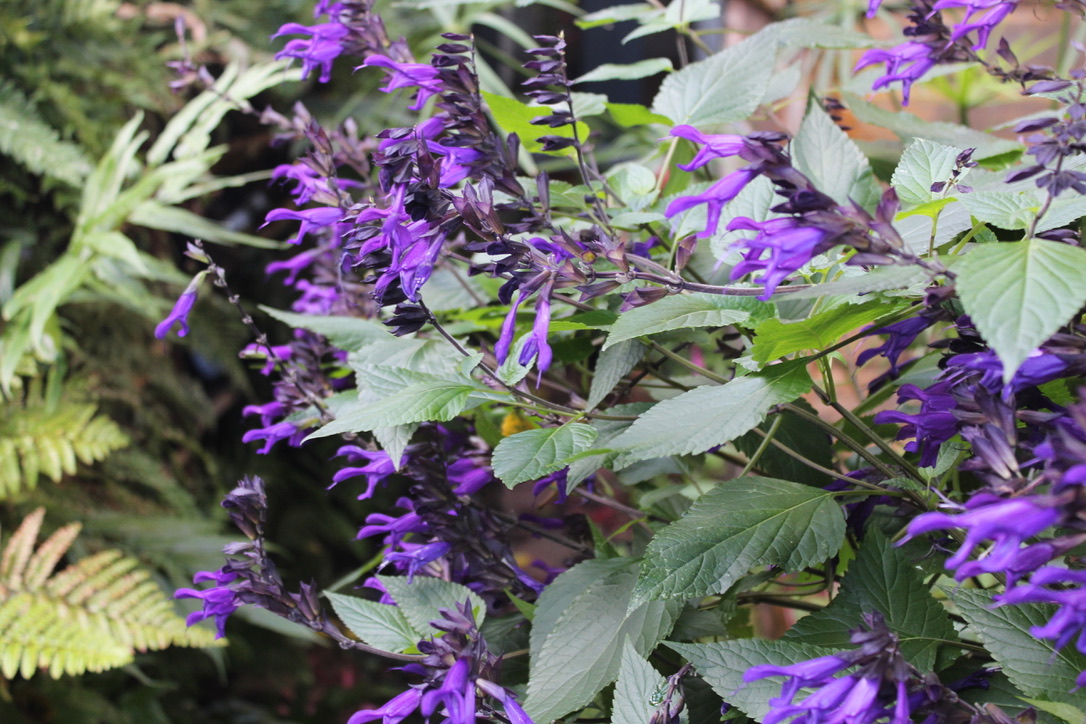
The herbaceous salvias are those that tend to die back to the ground in winter and include the popular Salvia ‘Amistad’, the new closely related cultivar ‘Amante’ and species Salvia azurea, Salvia elegans (pineapple sage), Salvia engelmanii and Salvia guaranatica to name a small number.
In the UK, many of this group die back because they aren’t particularly hardy and are conservatory plants. But to take the popular ‘Amistad’ as an example, I leave the main stems through winter which in cold winters will die completely. In mild winters here in Clapham, London they can remain alive and even flower all winter. Either way, the pruning is the same.
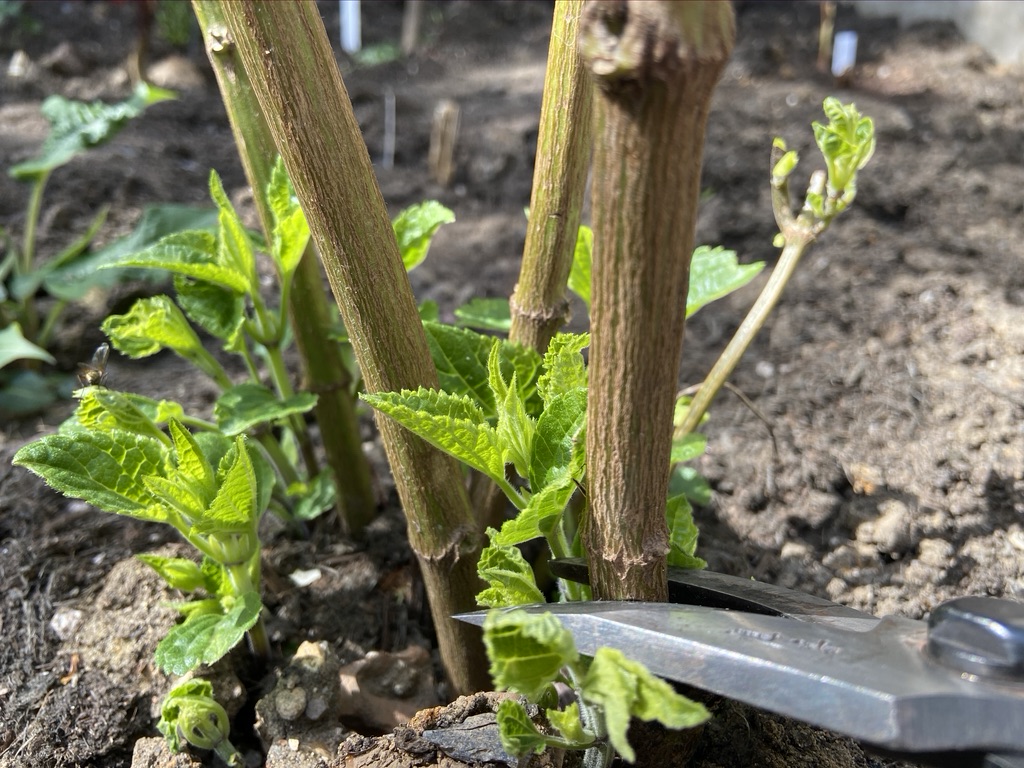
Leave the stems until spring is firmly here and fresh new growth can be seen, then cut the stems down to their lowest shooting node. In this example above new shoots are growing from the base so I can cut the old stems away completely.
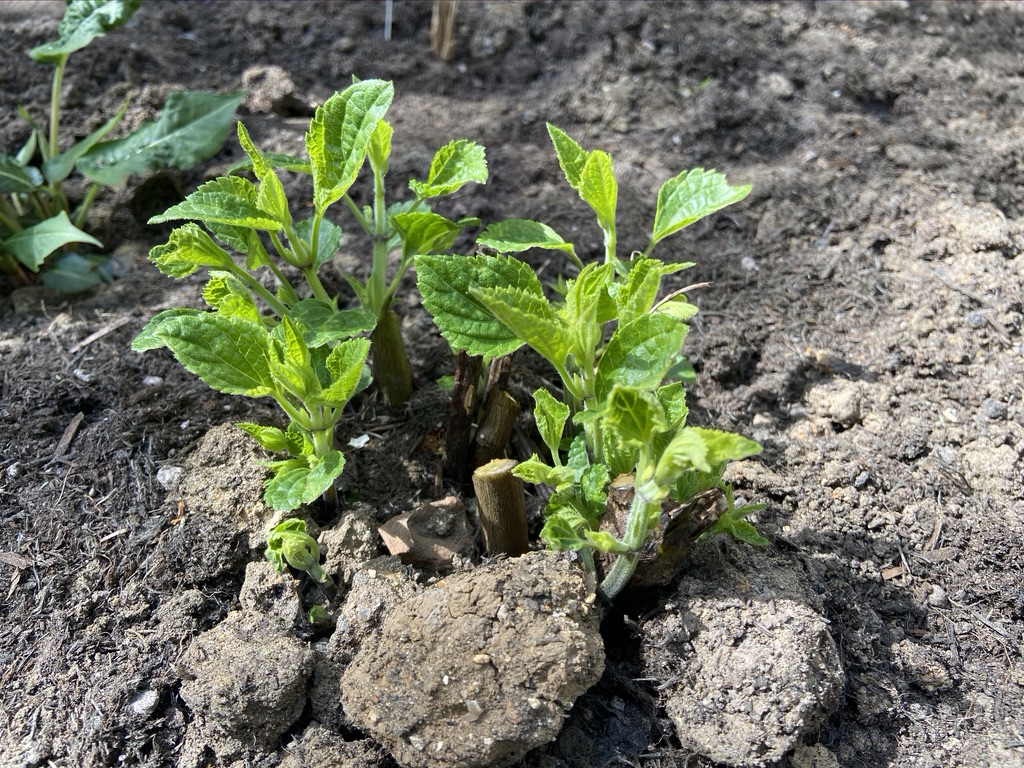
The finished article with new stems growing from the soil, which need protecting from slugs and snails but grow away from them quickly in warm spring weather. In some years if the stems are still alive, I cut them to about 30 – 40cm above ground level and let the shoots higher up grow, keeping them away from the slimy nibbling beasties.
2) Herbaceous – evergreen rosette forming
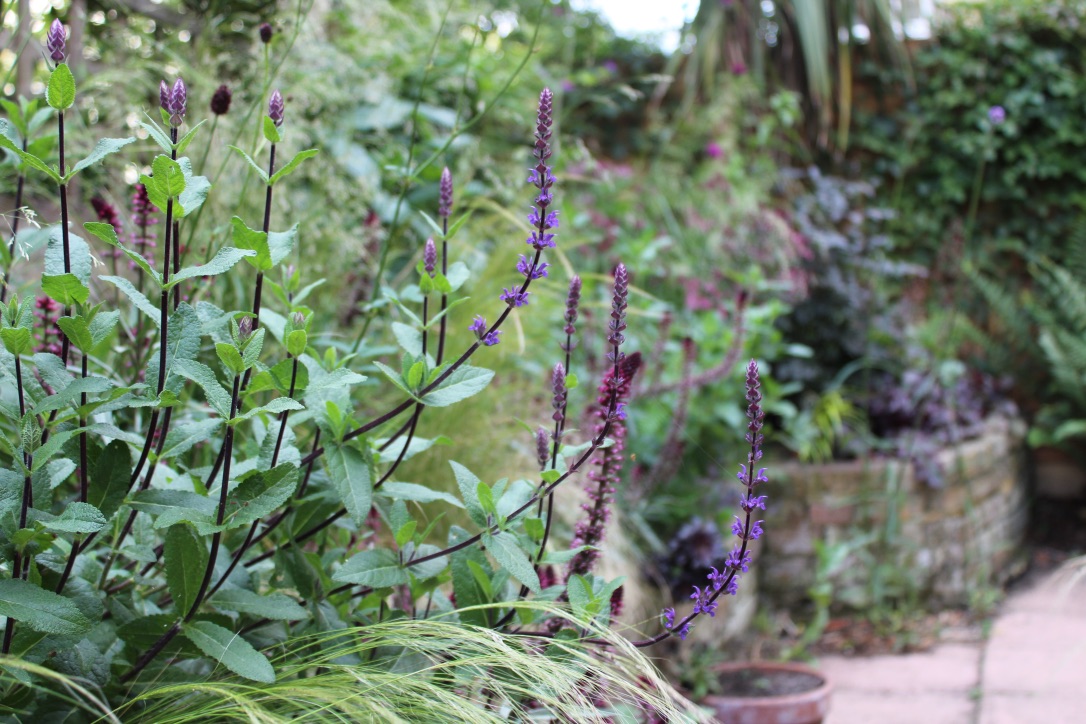
Salvia lyrata, Salvia pratensis and the very popular in the UK, Salvia nemerosa fall into this group. Personally, I find it hard to tell the difference in growth habit between these and the previous deciduous herbaceous Salvias as they tend to all behave the same here in warm London. However, when we do have a colder winter the difference becomes clear as this group does remain largely evergreen and you can see a distinctive ‘crown’ of new shoots forming at the base of the plant in autumn to early winter. Protected beneath the previous year’s growth.
This group of Salvias is easy because you can simply chop off all of last year’s growth in spring when frost is no longer expected. Personally, here in our mild garden, for this group only I actually cut the stems off in winter. Not recommended in colder areas.
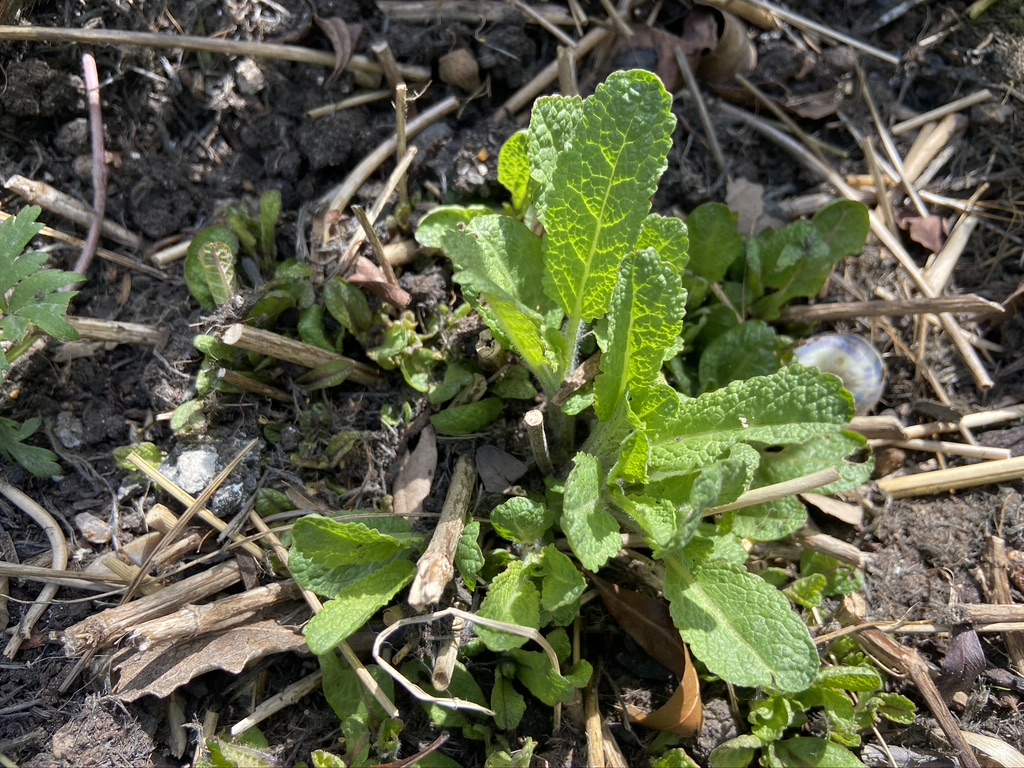
Above you can see many new shoots appearing on the Salvia nemerosa ‘Caradonna’ among the bases of the previous year’s stems. These salvias, S. nemerosa especially, flower in late spring to early summer at which point the flowers start fading as the rest of your garden is taking off. It’s at this time you can act brutally in summer and cut the entire plant back down to the lowest shoots. This will spark new growth and another flush of flowers relatively soon afterwards. In a long season you could try doing this later in summer too, but not too late otherwise the growth will be too soft to withstand winter.
3) Shrub forming

I like all salvias but at a push I think this is my favourite group, they tend to be the hardiest and form woody stemmed shrubs to different sizes. Shrubby salvias include Salvia microphylla, Salvia greggii, Salvia involucrata, many hybrids and the edible herb sage, Salvia officinalis. Common cultivars in this group include ‘Hot Lips’, ‘Cerro Potosi’ and ‘Nachtvlinder’. There are hundreds more and if your plants form a woody bush that doesn’t die back in winter, they’re likely in this group.
Whereas the previous two groups are relatively simple to prune, cutting back to the base, the shrubby salvias require a little more thought. Again, leave growth on through winter to protect the plant from cold, snow and frost. Then strike when new growth is spotted in the warmth of early spring.
Remove all dead, diseased or damaged stems to clear the plant of tat. Then, cut back by about a third to a half to a growing point (two pairs of leaves with shoots between them). This will ensure the plant maintains its structure and size, while also keeping in check to prevent it outgrowing spaces and becoming a bit of a tangled, open mess. It’s a little like the way you’d prune lavender but less tidily.
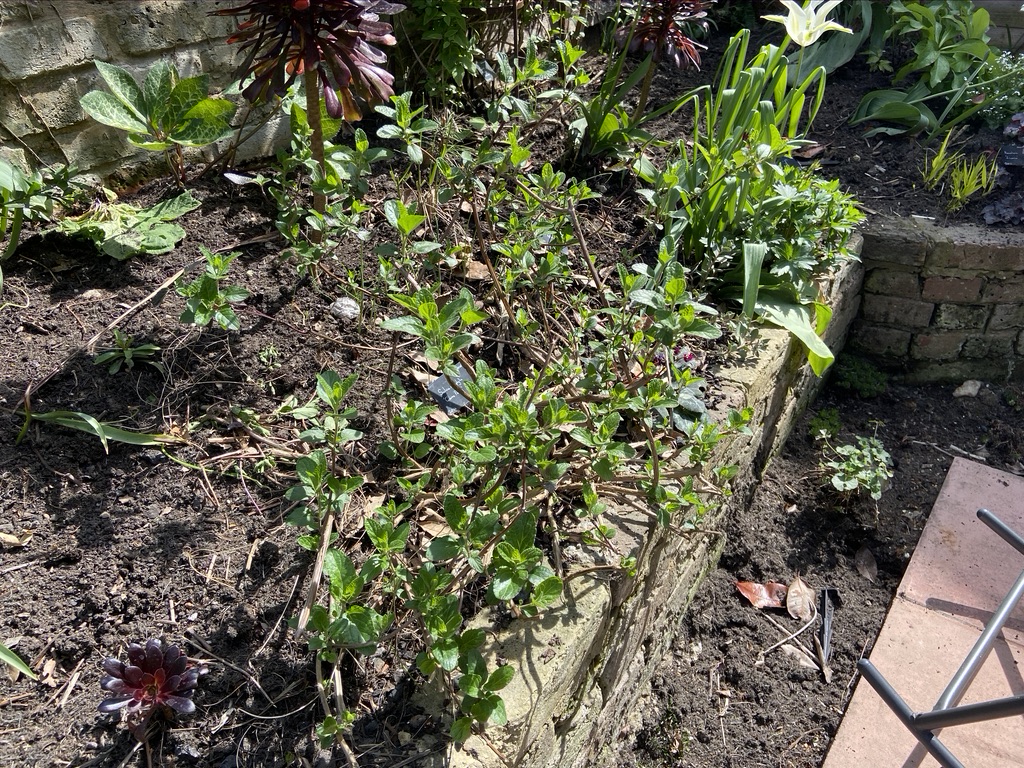
It’s best not to cut below the lowest shooting nodes although, I have found that if you do, new shoots will grow but the plant will be a little slower. So you can hard prune if you want. One down side to hard pruning that I’ve found is that these new shoots from old wood have very brittle joins and are easily snapped off in strong winds. Much better then to keep the strong structure.
In summer you can leave shrubby salvias to do their thing but they can become a little messy as flower stems finish and become bare twigs. Not really a problem at all but I do snip these off to lower shoots. If your garden is quite large, you can speed this process up by giving the shrub a light snip with secateurs taking all old and some new flowers off. This will encourage more flowers fairly soon after. Alternatively, you’ll probably just leave them to get on with it and ignore the little twiggy spent flower stems.
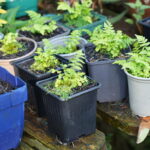
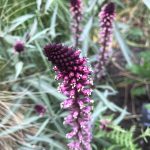
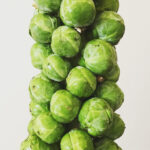
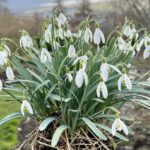
Your advice on pruning salvia microphylla was very helpful – thank you – much more user friendly than the RHS!
Thank you for this, it is very helpful and simple to follow.
Thank you for easy to understand instructions. I am new to growing Salvias but I just love them in my garden. My hot lips just flower right through to early winter and I now know I should leave the pruning until Spring. The other tip for pruning the purple spire variety in late summer to encourage new growth, I am just about to try.
Thanks so much for this clear and helpful advice.
I put a herbaceous salvia in the garage last winter and it survived. I will do the same this year and prune it as you suggested when it comes out of hibernation.
Also very helpful advice on the shrub forming, I have several that have grown much larger than I expected this year!
Thank you for the helpful advice. Last year I overwintered S.Amistad in the frost free greenhouse. This year I shall try leaving it in the ground with a good mulch of Strulch around.
Oh at last someone with straightforward simple advice on plants and gardening! So glad I’ve found you. Thanks for the good advice on salvia’s. Best advice that I have received. Thank you .
A really interesting article thank you. You have just been answering my query about Salvias on the Gardeners World forum so I came on here to take a look and I’m glad I did.
I was just wondering what to do with the Salvia Amistad and your article has answered the questions, and thanks also for advice on the other salvias too.
Hi, I like some information on how to prune my salvia hot lips. The just won’t stop flowering and it the end of November. I live in London. The plants are getting very busy and woody. When should I cut them back and how far from to ground should I prune them? Thank you in advance for your advice.
Hi Josephine,
‘Hot Lips’ is a shrubby salvia in category three 🙂
Jack
Thank you for your brilliant advise. I was on the verge of cutting my Hot Lips down to the ground today (Dec19th) as the weather has not deteriorated yet, but after reading your advise I realise that this could have been a big mistake. I will now leave the plant alone until next spring. Cheers. Ray.
Just echoing the others – thanks for the advice on Amistad. I thought it was odd that they’re still flowering in January in London, but guess not. Since they’re looking so good now, I’ll probably take your advice and prune them a little higher up to discourage the snails this year.
I have grown Salvia for the first time in 2020 but could not find helpful pruning guidance so left them over winter.
Thank you for this easy to follow guidance and thank goodness I did the right thing
No problem Pam, I’m glad it helped! 🙂
Jack
I planted some salvias wendy’s wish last year, they died back to bare twigs over winter, I was wondering if they are dead.
Ronnie, I have same problem with Salvia Hot Lips. Have you found out yet?
Hi there I’m also glad I found this advice. I cut my blue boy salvias back really hard about a week ago and they look dead at the moment, I’m wondering if I was too harsh. I love them to bits and so do the bees. I’ve cut my hot lips and the others by two thirds so hopefully they’ll pop back. Any thoughts would be appreciated. Have a great weekend. DG.
I haven’t pruned my Hot Lips and it has got very messy with a lot of dead wood, what should I do, cut out the dead twigs and leave the sprouting twigs or prune it all back now it’s the end of May?
Hello, Just read your very helpful guide on pruning salvias. What about Salvia Sylvestris? I’ve got a Salvia Sylvestris ‘RHAPSODY IN BLUE’, and I think I cut it back in the wrong way…
Where do those salvias fit in with your guide?
(P.s. I found your website when googling ‘how to prune salvias’!)
Hello there.
I love my shrubby salvias but have always been cautious about over-pruning
Thanks to your great advice I’m looking forward to giving them a good tidy up this spring. I’ve also not dared to give them a summer trim but thanks to your comments my borders are going to be far less straggly in future.
HUGE THANKS for sharing your EXPERTISE
Thank you for this! I’m eagerly awaiting my Amistad to come back to life but had no idea what to look for. My mother says that hers is already showing buds but the picture she sent looks completely different from what you show here so I’m still hopeful 🙂
HI Jack, a friend, who also lives in Clapham, prunes all her salvias hard now and has huge and healthy ones by summer. Dare I do it? If I do, maybe cover the bases on freezing nights? Thanks.
Hi Lorraine, you probably could because Clapham is so mild, but personally I wouldn’t rush for the sake of it, and wait until mid to late March. Remember London was hit by the beast from the east in late March!